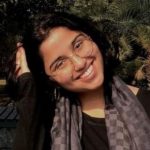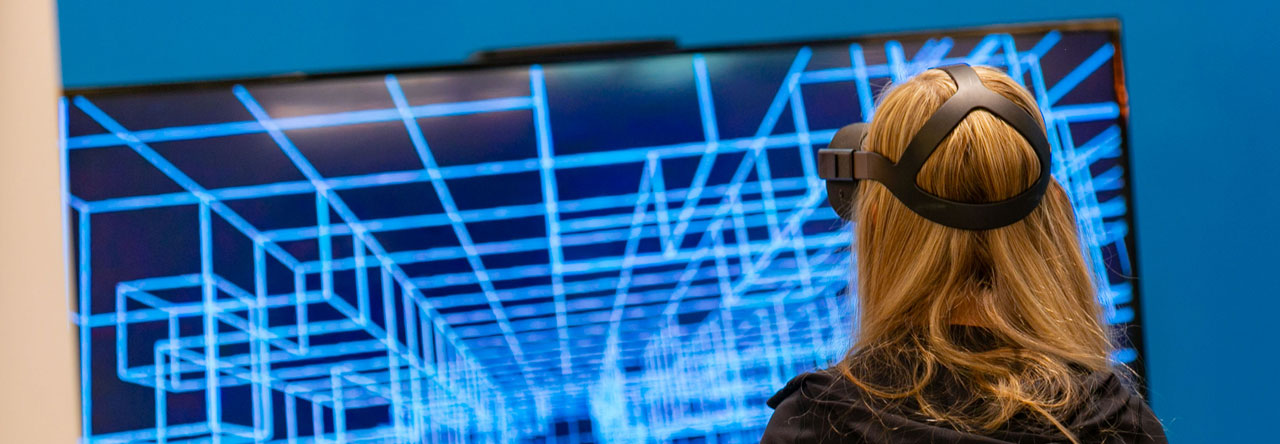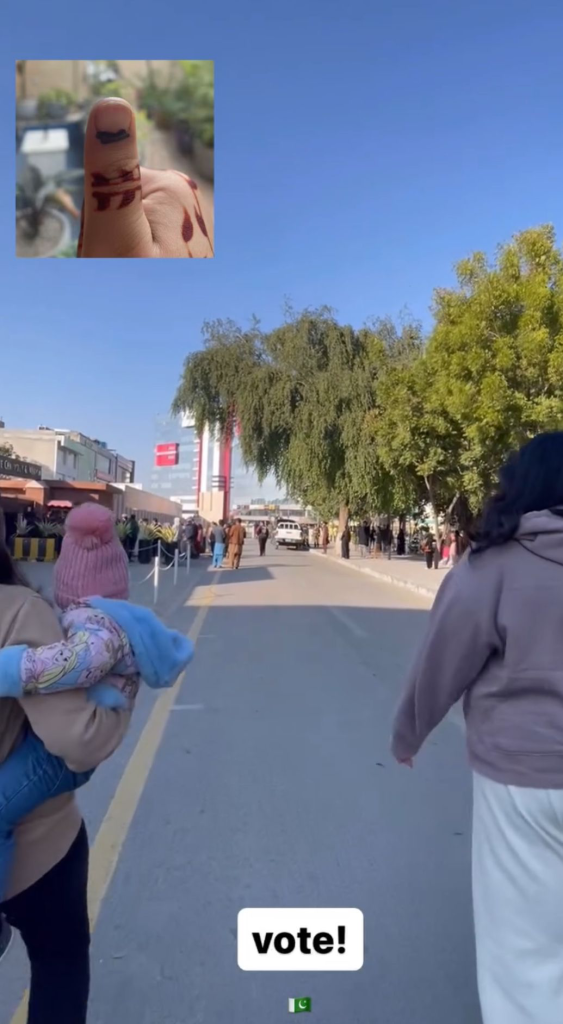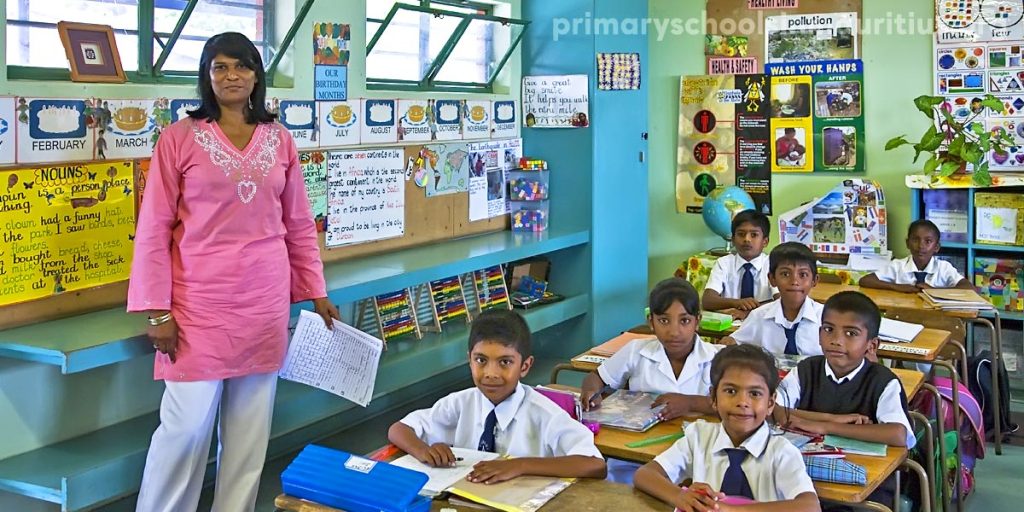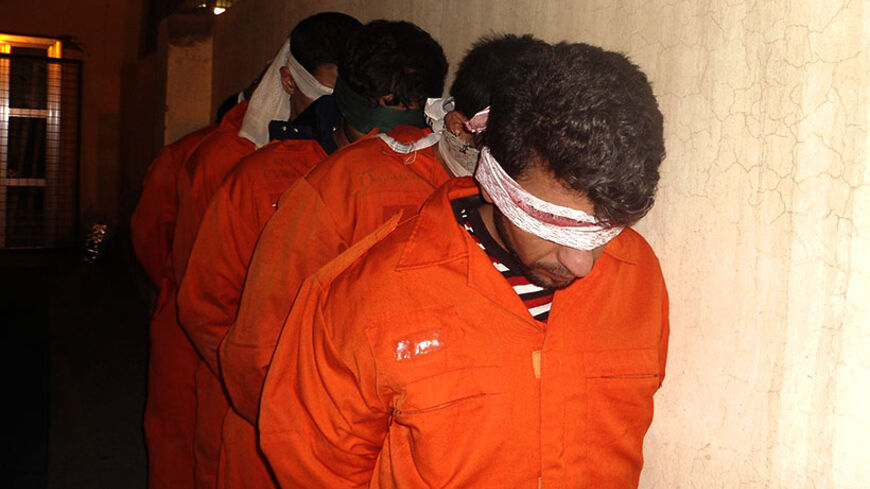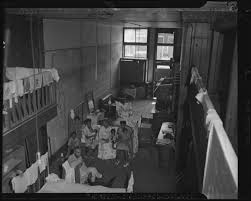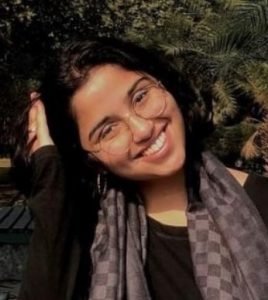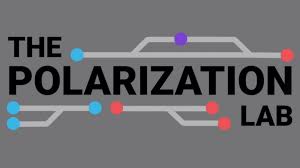As record-breaking heat waves spread across the nation, a new movement is rising.
Houses of worship have long served as anchors during times of crisis. Now, they’re becoming hubs for climate resilience.
At a March 27 gathering in Duke’s Goodson Chapel, faith leaders, organizers, and energy advocates—Pastor Neil Bernard (New Wine Christian Fellowship), Angella Dunston (Warren County Environmental Action Team), and Reverend Leo Woodberry (Kingdom Living Temple and New Alpha Community Development)—came together to discuss powerful initiatives, from solar-powered sanctuaries in Louisiana to grassroots environmental justice campaigns in North Carolina.
The message was clear: no one can do this alone. But together, we can do everything.
Bernard, pastor of a congregation in Louisiana’s St. John the Baptist Parish—one of the most disaster-prone areas in the U.S., opened the evening with urgency and vision. He recalled when Hurricane Ida hit the Bayou State in 2021, and reflected on the death toll from extreme heat. But then he spoke of hope: Community Lighthouses—solar-powered hubs anchored in houses of worship, built to offer electricity and refuge in times of need.
“Right now, we have 19. But the goal is one in every vulnerable community,” Bernard said, his voice rising. “When everyone has power—we have power.” His words weren’t just about electricity. They were about collective strength. Heads nodded. The room hummed in agreement.
These lighthouses didn’t materialize from one church alone—they were born from partnerships across city agencies, utilities, organizers, and faith groups. That’s the model. He said, “The power of teamwork is what makes the dream work.”

Woodberry reminded the audience, his voice echoing through the chapel, “Jesus said, I give you power.” He added, “The most common way people give up their power is by believing they don’t have any.” These lighthouses are more than climate infrastructure—they are spiritual anchors grounded in the belief that resilience is holy work.
He argued that religious institutions are America’s greatest untapped asset. “They own land, buildings, communication tools—and they reach more people than any NGO,” he said. “If we fail to activate them, we leave the door open for exploitation.”
These institutions already know how to organize. They’ve been here before.
Dunston, an energy cooperative leader and longtime community advocate, brought the room back to the 1980s in Warren County, North Carolina. When state officials decided to dump toxic soil in her majority-Black neighborhood, the fight started not in courtrooms—but in her church.
“It was the women of our church who stood up,” she said, her voice ringing clear. “We don’t get the acknowledgment, but we do it anyway.”
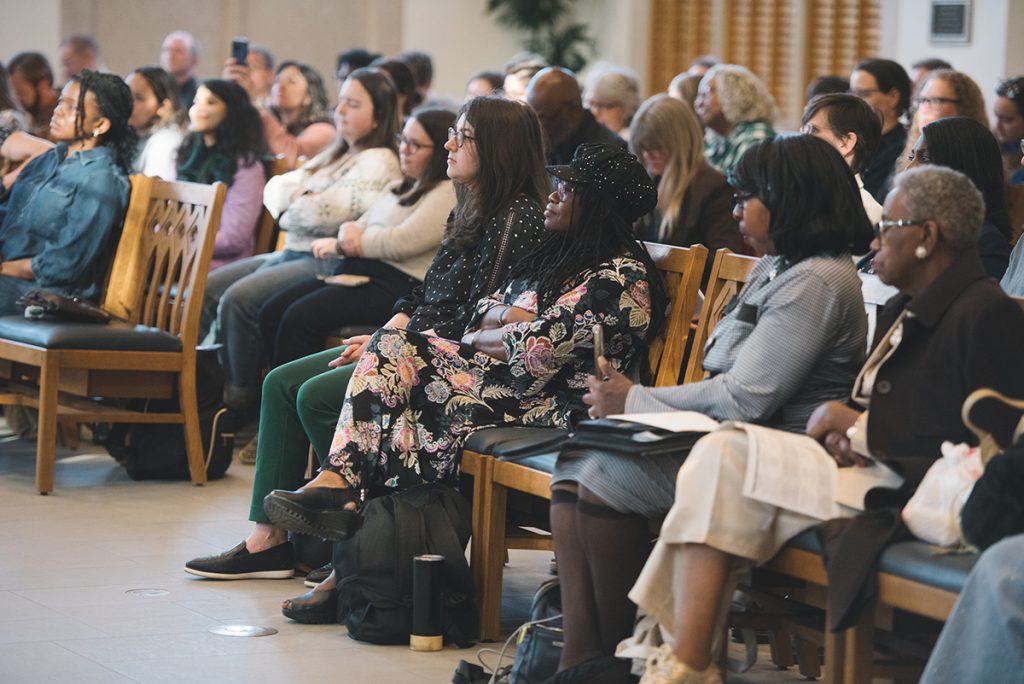
The landfill closed permanently in 2003, but the damage—rising illness, distrust—remains. Still, Dunston has never stopped advocating. Today, she fights utility bills as high as $800 a month in the same communities. Her faith grounds her work, but she also knows that faith alone isn’t enough.
“If policy isn’t working for us, how do we organize our churches and communities?” she asked. “We must fight for those who cannot fight for themselves.”
Dunston stressed the need for partnerships—with government, scientists, and especially universities. Duke University students, for example, have supported advocacy efforts in Warren County. But she noted that faith communities won’t accept help from institutions they don’t trust. “Build relationships before the next crisis,” she urged. “We need data, yes—but we need trust more. Move at the speed of trust.”
The panel left me with an urge to offer this as a call to action: If you’re part of a faith institution, ask yourself—is your house of worship ready to become a community lighthouse? According to them, the climate crisis isn’t coming—it’s here. And the time to act, together, is now.
